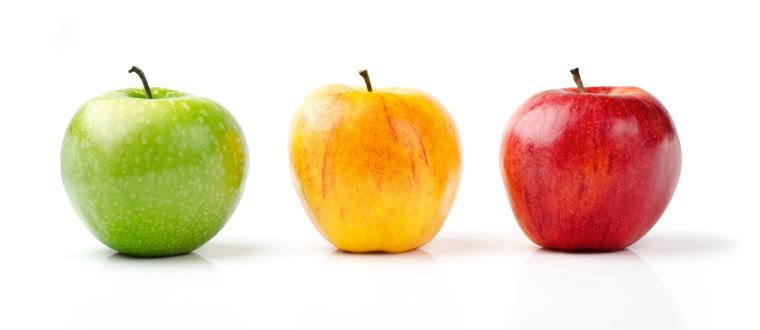 This is a harsh statement. Clearly there are lots of reasons that prevent students from learning. Some of these reasons can be due to teacher actions in the classroom and some are outside the control of the teacher. But the main goal of school is learning. If the student isn't learning, than we haven't met this main goal.
This is a harsh statement. Clearly there are lots of reasons that prevent students from learning. Some of these reasons can be due to teacher actions in the classroom and some are outside the control of the teacher. But the main goal of school is learning. If the student isn't learning, than we haven't met this main goal.Of course, not all students learn in the same way. When a teachers presents a lesson--be it via lecture, or a game, or discovery learning, or through the use of a task, or some combination of these methods--some students will "get it" and some will not. And so our best teachers are constantly looking for different ways (different teaching strategies) to help students to learn. This (indeed) is the part of teaching that very, very complex. Trying to understand the best way to help students to learn--every student in every class--is the struggle of every teacher.
Alas, the world of education is full of ideas to help us. Some of these ideas fall into the category good suggestions that any teacher should use, such as:
- Scaffolding - breaking up the learning into smaller chucks and allowing students the time to learn one-piece-at-a-time in the effort to get them to learn the whole idea or standard.
- Graphic Organizers - providing students with different ways to organize information so that "many ideas or facts" are easier to see and to understand.
- Multisensory - presenting new information in multiple ways that help the students brain to store the information in multiple ways. For instance, verbally explaining something while also writing the information on a whiteboard or computer screen, while also (perhaps) providing a manipulative or foldable for the student to hold and work with tactilely.
 Other ideas are more specific as to the sort of instructional style that may take place in a classroom. A typical example of this would Direct Instruction or Lecture. This is very typical in classrooms in the United States; particularly in our high schools. Adults in their 70's and 80's probably received instruction in this manner when they were in high school and their grandchildren and great-grandchildren likely receive their high school instruction in this same mode. Some people refer to this sort of instruction as Traditional classroom instruction--and it clearly is not effective for all students.
Other ideas are more specific as to the sort of instructional style that may take place in a classroom. A typical example of this would Direct Instruction or Lecture. This is very typical in classrooms in the United States; particularly in our high schools. Adults in their 70's and 80's probably received instruction in this manner when they were in high school and their grandchildren and great-grandchildren likely receive their high school instruction in this same mode. Some people refer to this sort of instruction as Traditional classroom instruction--and it clearly is not effective for all students.
More teachers are using a Discovery Learning approach to classroom instruction at least some of the time in their classes. This approach allows students to build on past learnings by completing tasks and problems that require them to do so. Students may work individually or in small groups of three or four while the teacher responds to students' questions and encourages students to think about other solutions. This approach is common in some countries but is much less used in the United States.
I am part of a couple of math groups on Facebook and I posed the question, "Is Direct Instruction Necessary?" I went on to ask if Discovery Learning could be the sole or major teaching strategy in a high school math class. Of course the responses that I received were various and wide ranging, but I did learn a lot more about individuals and groups of teachers who use this approach with some success.
When teachers are continuously searching for more and better ways to reach their students, everyone wins: students, teachers, schools, society.

No comments:
Post a Comment